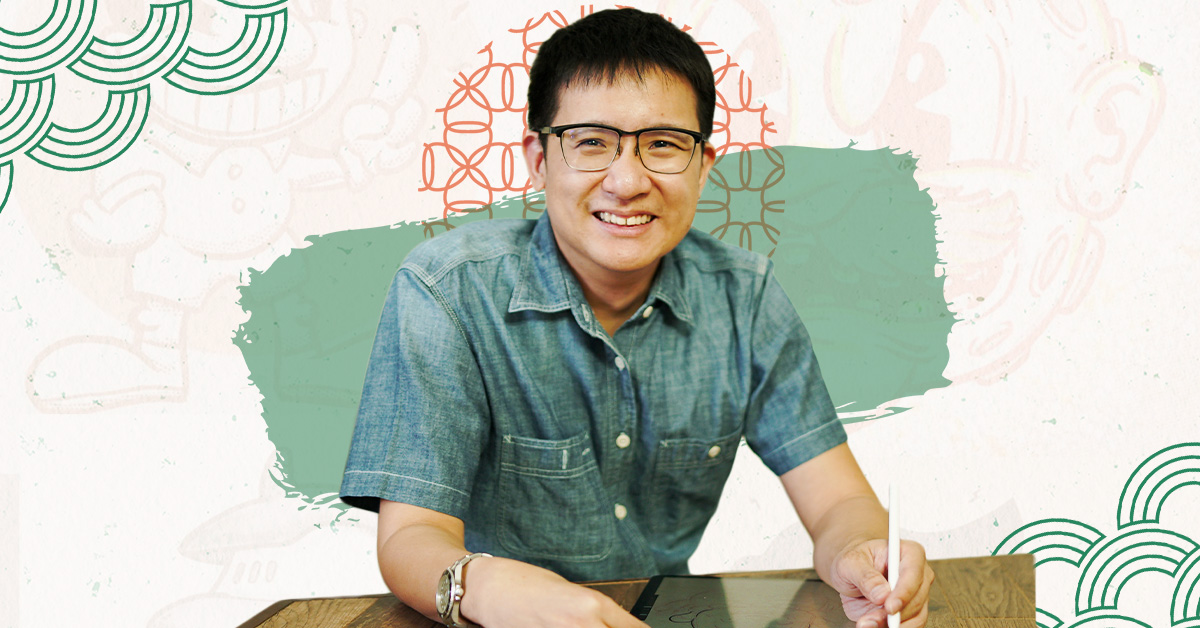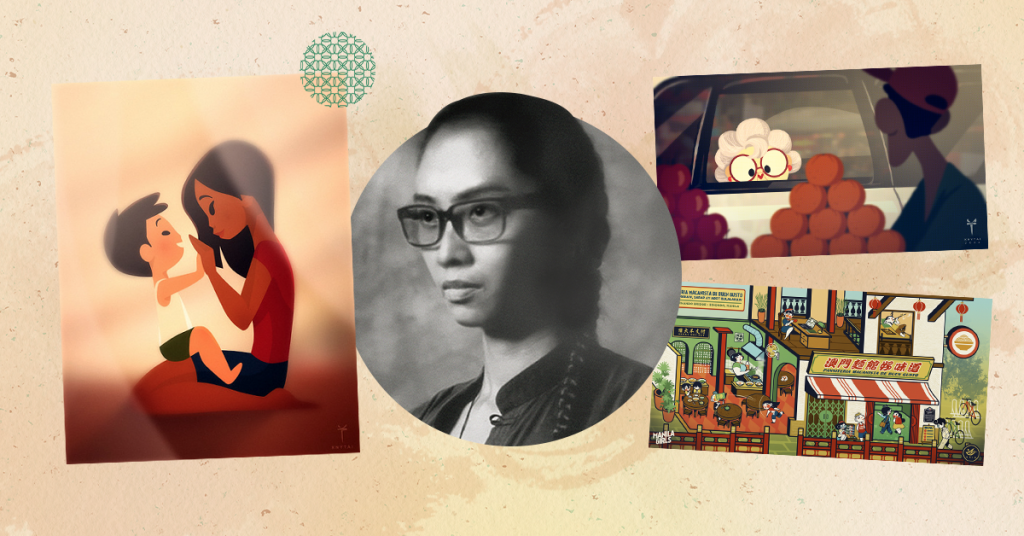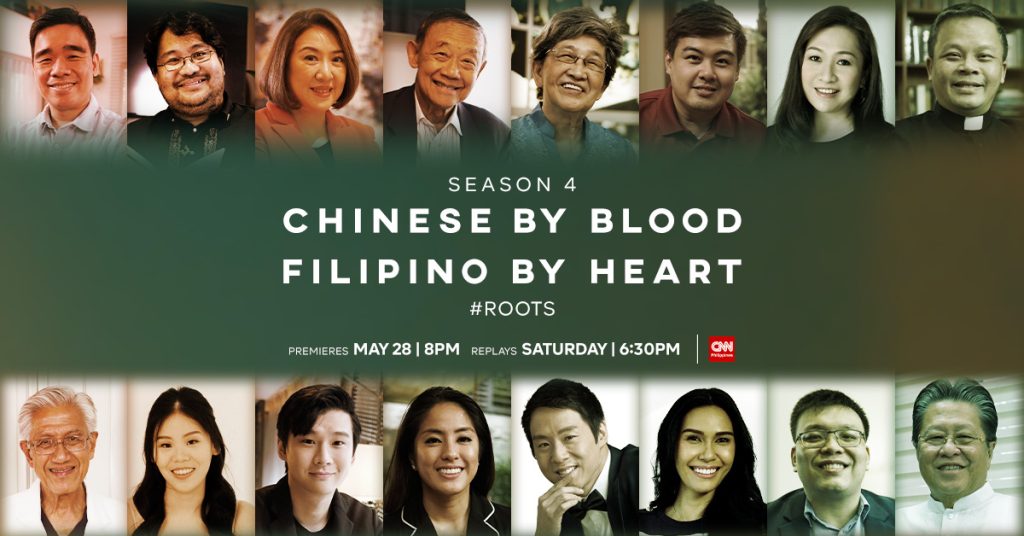As a Chinoy working in the creative industry for quite some time, Rad Co (real name Gerald Co; 許鍚金) shares insights about his early life— how he found his love for drawing, and how his family supported his pursuit of the arts growing up.
“I wanted talaga mag draw. Nag eenjoy ako doon. Mag illustrate ng mga worlds–natutuwa ako doon, so tapos ang sabi ng aunt ko galing mo mag drawing, mag architecture ka. So parang ako ah okay sige architecture ka kasi di mo naman alam kung ano yon e. I was grade 4 or grade 5.”
Co’s parents separated when he was 13 years old, so he lived with his aunt and his cousins for 4 years. During that period, Co is grateful that he was exposed to an environment that was accepting and encouraging of what he truly wanted to do in life. Since Chinoy families are almost always expected to dabble in business or the medical field, Co shares that the household he grew up in was refreshingly not like that.
“(…) That household kasi, very encouraging yung mga cousins ko. So wala naman silang sinasabi na, “You have to be an engineer. You have to be.” They were very free on how you want to run your life. Basta [of] course, you have to do it well. So you can do whatever you want, basta you have to do it well.”
In college, Co went through another major transition in his life as he moved back to his mom’s and experienced shifting universities where there were only a few Chinoys in his chosen courses.
“And then after graduating high school, my mom took me back. So she remarried and then they took me back to live with them. So this was during college. Nag college ako in La Salle, then I graduated. I took up Organizational Communications. So it’s like arts, but it’s more focused on the corporate side of things.
When I was applying for college, I applied to UST and La Salle, Ateneo, and UP— yeah those four. Tapos, I got accepted in UST. Yung La Salle, later on pa yon e, so yung stories sa UST when I got in— na shock rin ako. Kasi ako lang yung chinese don.
So– Parang okay, so how do I navigate this new terrain? Diba? Unfortunately, after one month, I moved to La Salle na, so parang tama, na shock ako. Kasi pagdating mo naman sa La Salle, mas parang nag-level out may mga Filipino, may Chinese parang mas level out sya yung sa UST kasi yung course ko Advertising Arts, syempre hindi naman lahat ng Chinoys papasok don— lahat sila nasa Med, Engineering, tas Architecture. Tas ako nasa Advertising Arts– iilan lang kami don e hindi ko pa naging classmate.”
At first, Co experienced difficulties communicating with other people at his new University because he was used to talking to Chinoys due to his background of studying at Xavier School, a private Chinese school in San Juan. He acknowledged that he felt that he was kind of sheltered growing up, and that is why he had to adapt to a new environment in college.
After graduating with a degree in Organizational Communication at De La Salle University, Co then set out to become a freelancer because he wanted full control of his working hours. In order to achieve this, he knew he had to gain experience first— so he started working for his friend’s uncle making T-shirt designs.
He then started designing websites and working on music portals before he decided to achieve greater heights and tried his luck in Singapore. Co tried applying for Singapore’s Employment Pass Eligibility certificate to see if his skill set is needed in the country, and fortunately— he got approved. Co then flew to Singapore and started handing out his resumes to different companies until he got accepted by another company that creates websites. Co stayed here for 5 years.
“Nabaon ko yung skill set ko from Wolfpack to Singapore. So yeah, I was doing websites in Singapore so that lasted, I was in Singapore for five years naman— so from 2008 to 2013. So ang daming Pinoy don, masaya rin kasi iba naman yung culture ng Pinoy OFW[s].”
Kasi syempre wala namang masyadong Fil-Chi don eh, meron din pero most of the Fil-Chi(s) there they work in bigger companies— like they work in financial institutions.”
Co’s work career in Singapore came to a halt when he came back to the Philippines to help out with their family business. Here, he mentioned how his career as a designer was stopped momentarily.
“So tumulong ako don, dito nawala yung design. Kasi parang naging ano sya e, pag sa family business kana ano kana e problem solver kana. Di ka na designer— ang only task mo is to solve problems— so papatakbuhin mo lang yung business eh. Since medyo well versed ako sa computer, ginawa nila akong VP for IT and Finance.”
When the pandemic hit, Co got into Adobe’s Creative Residents and Community Fund where he had to beta test their Illustrator app and make illustrations using it. What Co liked about this program was that there was no prompt or theme to follow— everyone had the creative freedom to do whatever they wanted to illustrate, so Co decided to work on a cute piece about how every type of body is beautiful.
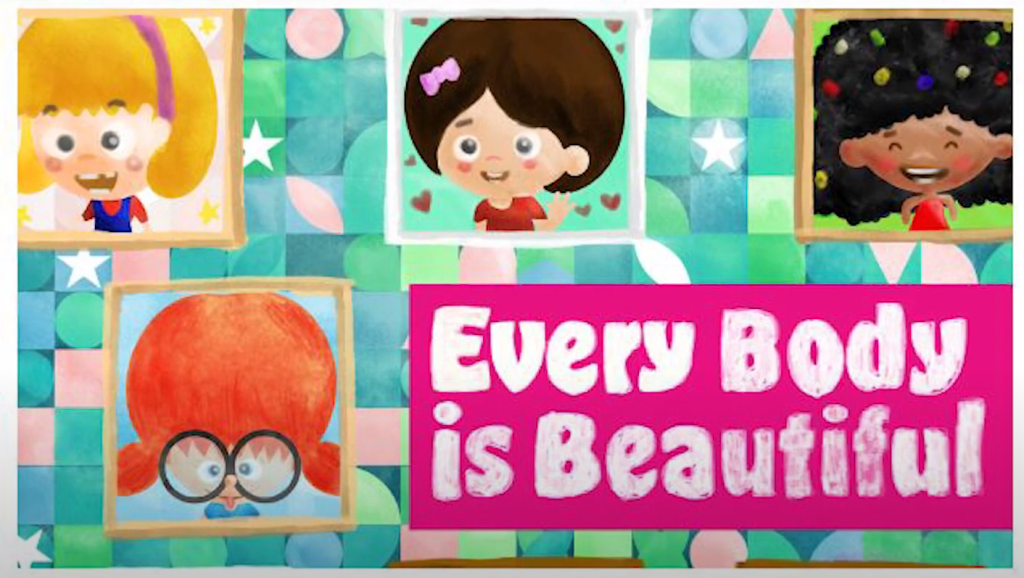
Just recently, Co was booked and busy helping out and exhibiting his artworks at the Xavier Art Fest and drawing illustrations for children’s books, which is a testament to his success as a creative designer.

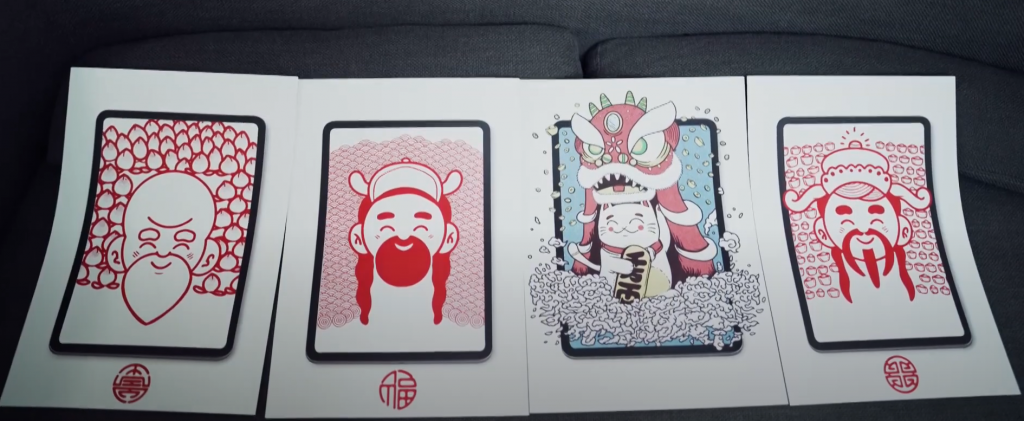
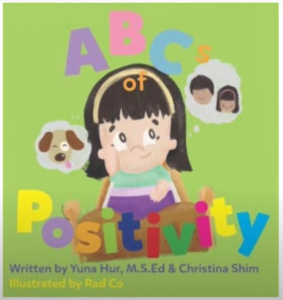

If there is one thing that Co can advise Chinoys wanting to get into the creative industry, he said that they need to be prepared to fail.
“First draft pangit, first video pangit, first artwork– pangit. But the thing is, creativity is a process. You fail and then you try again.
Another is, uh, you stay curious so you can try a lot of things you don’t have to be tied down to, let’s say na [you] do drawing na pencil lang— try another medium. Try something else. So yeah, stay curious, embrace failure, and what else? Collaborate with people. So message them on Instagram. The thing is, with social media, ang dali to get their name out there, so you just have to keep, get your name out there, keep posting, talk to people.”
Follow Rad Co on his socials:

